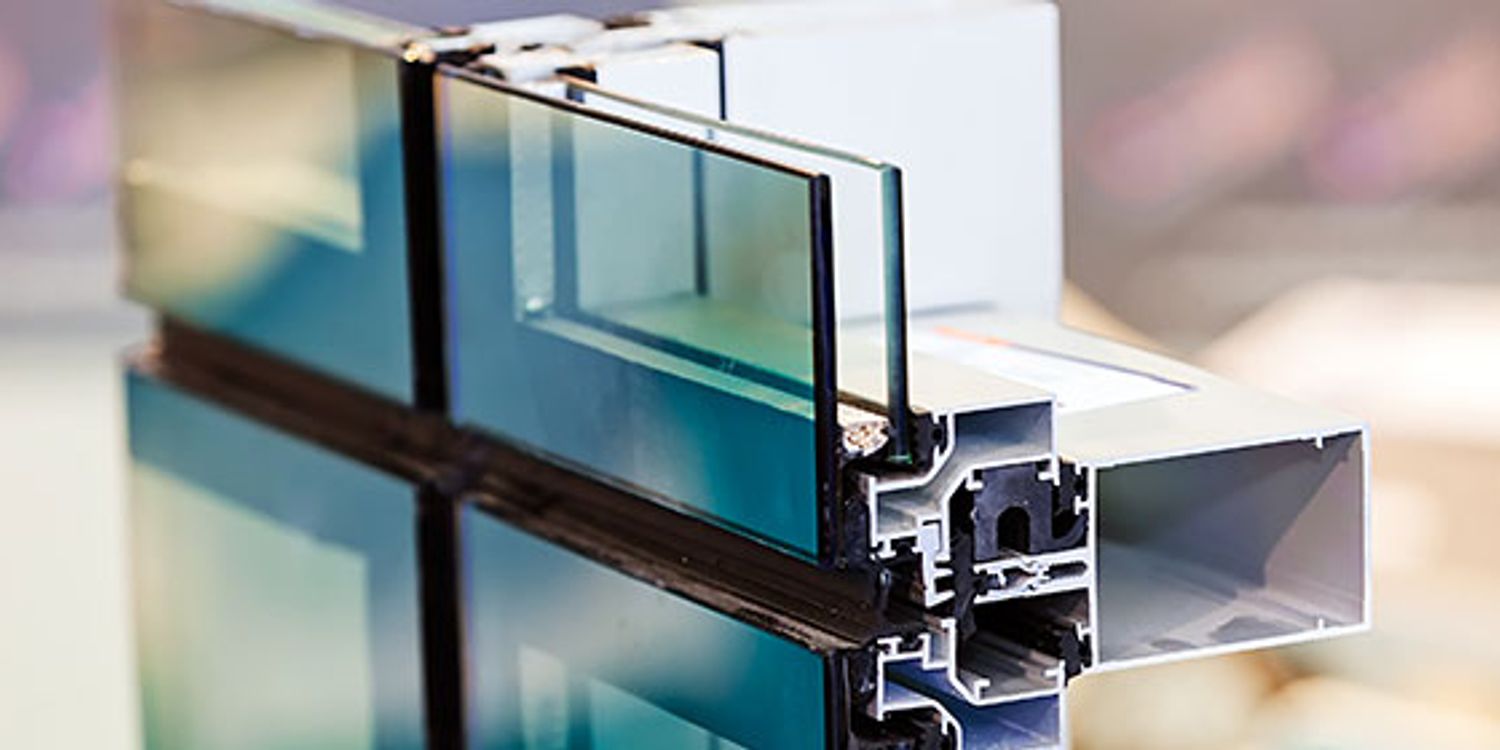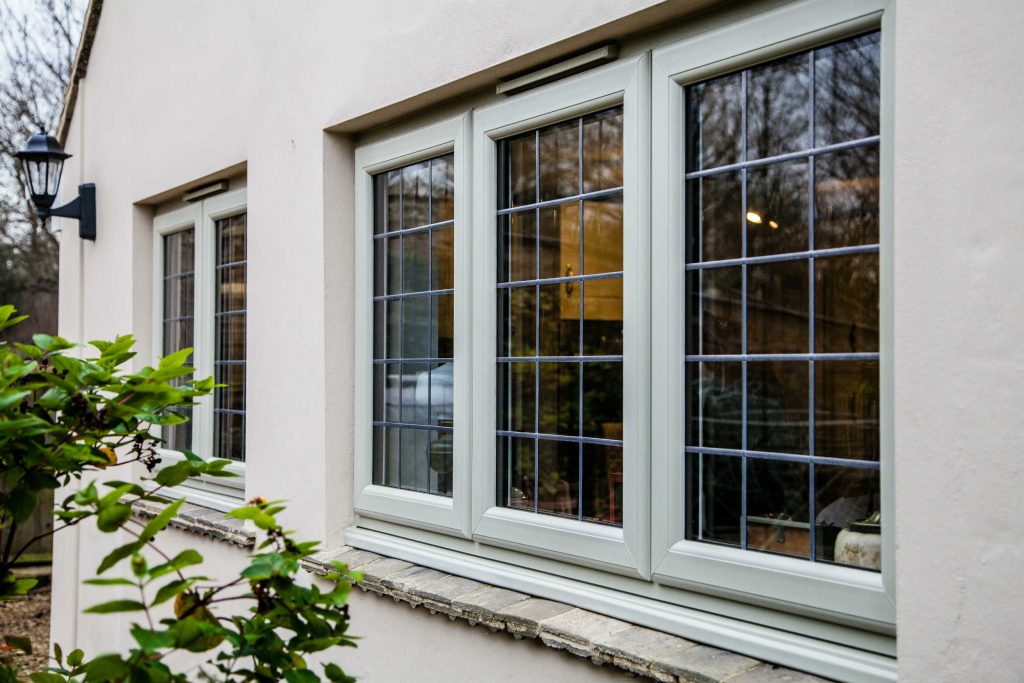All Categories
Featured
Table of Contents
What Is The Best Glazing For My Home? - Part 2 in Henley Brook Western Australia
That window can transmit more solar heat in winter season than in summer. A west-facing window on a summer season's afternoon has an angle of occurrence from near 0 up to 30 with a big effective location of solar radiation. A north-facing window, in summer, has a high angle of incidence and a low efficient area of solar radiation, so can transfer less heat than a west-facing one.

But you can rapidly and quickly enhance the thermal performance of your home by replacing your windows. This is one of the most effective approaches of restoration to accomplish enhanced thermal convenience. There are countless types of glass and frames to select from. Choosing the ideal ones is necessary to improving the energy performance of your home.
Keep Cool This Summer Without Overusing Your Aircon. in Landsdale Perth
Single glazing with clear glass is not very efficient when it comes to heat loss or gain. To improve performance, you can use single glazing with a more energy-efficient type of glass such as low emissivity (low-e) glass.
Multiple layers can be assembled with sealed cavities in between each sheet of glass. IGUs usually offer better energy performance than single glazing, because they transfer less energy. However, the energy performance of IGUs also depends upon: the homes of each layer of glass. Various glass types (for instance, clear and low-e glass) can be assembled in an IGU.
Sustainability in High Wycombe WA

IGU cavities can be filled with air or a more inert, low-conductivity gas such as argon the width of the cavity. Broader cavities offer lower (better) U worths, with 12mm typically accepted as the preferred gap how well the cavity is sealed.
If argon is set up to the cavity in location of air, moisture is reliably omitted the level of desiccant (drying agent). The spacer (metal or polymer strip) that separates the glass layers includes a desiccant to take in any moisture. Inadequate desiccant might trigger moisture to condense on the glass surface in cold conditions, minimizing thermal performance.
Insulated Glass Unit – Igu in Kenwick Perth
In fact, IGUs can provide much better energy performance for all environments, especially in heated and air-conditioned homes. Cross-section information of single, double and triple-glazing systems Low emissivity glass (frequently known as low-e glass) reduces heat transfer. Low-e glass might be either high or low transmission: High transmission low-e glass has a finish that permits daylight from the sun to pass into your house to achieve excellent solar heat gain, but decreases the quantity of the long wavelength infrared heat that can escape back through the window.
Low-e glass has either a pyrolytic finishing or a vacuum-deposited thin film metal coating. Pyrolytic finishes are durable and can be utilized for any glazing; vacuum-deposited finishings are soft and are just used within IGUs. Low-e coatings can considerably improve both U value and SHGC; however, they should be utilized correctly or they will either deteriorate or stop working to carry out as required.
Glazing in Heathridge WA
Low-e coverings can be used in combination with clear, toned or reflective glass. Low-e finishings on glazing can minimize heat transfer where required Picture: Department of Industry, Science, Energy and Resources Toned glass has actually colouring additives consisted of throughout manufacture. It is offered in various colours, generally bronze, grey, blue and green.
Table of Contents
Latest Posts
Blown Double Glazing & What To Do About It in Mundijong Western Australia
What Are The Advantages Of Double Glazed Windows? in Queens Park WA
Double Glazing Versus Secondary Glazing in Marmion Western Australia
More
Latest Posts
Blown Double Glazing & What To Do About It in Mundijong Western Australia
What Are The Advantages Of Double Glazed Windows? in Queens Park WA
Double Glazing Versus Secondary Glazing in Marmion Western Australia